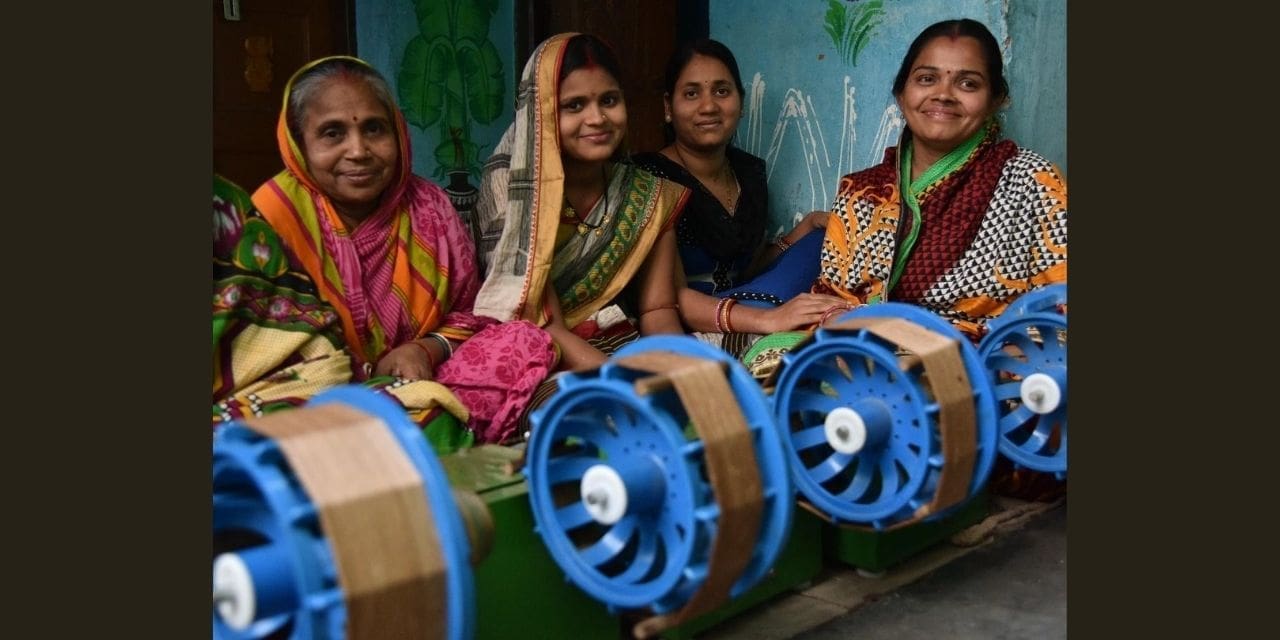India is the world’s second largest silk manufacturer and during 2020-21 the total production in the country was 33,739 MT. India is also the only country producing all the five known commercial silks, namely, mulberry, tropical tasar, oak tasar, eri and muga. According to industry data, India exported silk products worth around Rs. 1418.97 crores in 2020-21.
Silk yarn production, a backbreaking job
But it is not all glitters for everyone who is involved in the production of the ‘queen of textiles’.In India, the bottom end of the value chain where the silk yarn is produced is largely unorganised and is dominated by rural women. These yarns made by the millions of rural women are then used to manufacture some of the best silk garments in the world.
But the rural women from Karnataka, Andhra Pradesh, Assam, West Bengal, Chhattisgarh, Maharashtra, Jharkhand, Bihar and Tamil Nadu who are involved in the backbreaking work of making the yarns hardly earn enough to sustain themselves. Most of them use the ‘thigh reeling’ process which is labour intensive and less productive.
But the rural women from Karnataka, Andhra Pradesh, Assam, West Bengal, Chhattisgarh, Maharashtra, Jharkhand, Bihar and Tamil Nadu who are involved in the backbreaking work of making the yarns hardly earn enough to sustain themselves. Most of them use the ‘thigh reeling’ process which is labour intensive and less productive.Thigh silk reeling involves the women sitting cross-legged, drawing 5 to 6 filaments from cocoons on their thighs and twisting it with their left hand.
As one can imagine, this is not an effective technique and the women hardly produce 70 grams of 70 denier yarn per day, which can earn them less than Rs 100 for their work. In addition to this, thigh reeling can also cause injuries including cuts and wounds while reeling, and the process can take a toll on their back and legs in the long term.

